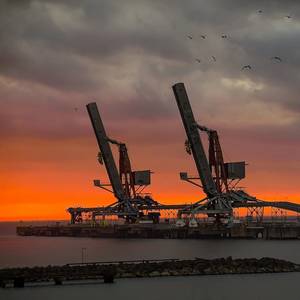
This week, the UK Marine Accident Investigation Branch (MAIB) issued its report on the deaths of three stevedores in a cargo hold access space on board a bulk carrier.Berge Mawson was in Indonesia, loading coal from barges using a floating crane. During a pause in loading due to heavy rain, all hatches were closed.
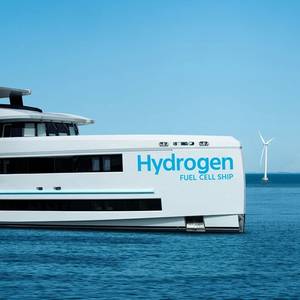
In an article by Rhonda Moniz published this week on MarineLink, Siemens sales executive Ed Schwarz noted the flexibility provided by an electric distribution “backbone” that enables ferry operators to add more batteries, switch to new fuels or become 100% emission free with fuel cells.
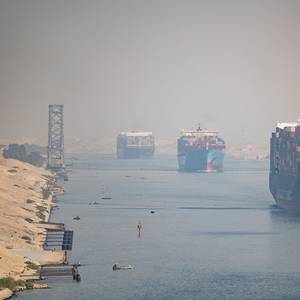
Two of the world's top shipping companies, Maersk and Hapag-Lloyd, said on Thursday they did not see an immediate return to Red Sea after the ceasefire between Hamas and Israel was announced.Both companies said they would be closely monitoring the situation in the Middle East and would return to the Red Sea once it was safe to do so."The agreement has only just been reached.
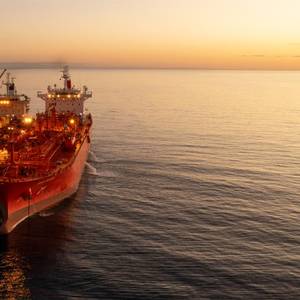
The shipping industry has been watching the dual-fuel engine choices made for newbuildings as an indicator of what many see as an uncertain fuel future.In December, DNV’s Alternative Fuels Insights platform counted 27 ammonia and 322 methanol-fueled vessels currently on the orderbooks.Methanol has raced ahead of ammonia, which currently lags in both engine and regulatory development.
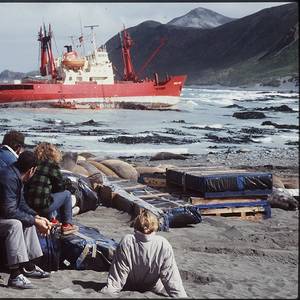
The Scythian philosopher Anacharsis (6th century B.C.) said: “There are three sorts of people: those who are alive, those who are dead and those who are at sea.”Many of those onboard the Nella Dan when she grounded in December 1987 never went to sea again. Such was their passion for the ship.
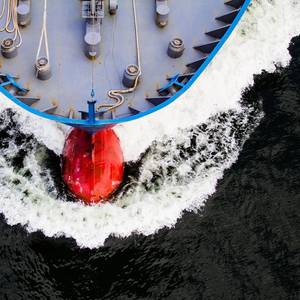
The last 12 months has seen values rise to near-record levels across several sectors of the shipping industry, fuelled by the post-covid shipping boom and a strong newbuild market.The report states that the newbuild market experienced continued growth, with a notable rise in orders, particularly in the Post/Panamax and Capesize sectors.
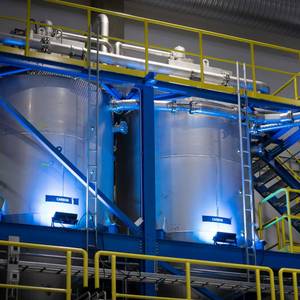
This week at MarineLink…Two reports released this week, one on the upscaling of green hydrogen production, the other on upscaling CCUS, both point to a lack of government initiatives as hindering investment. Without the establishment of regulations and multi-lateral frameworks, big projects are floundering.
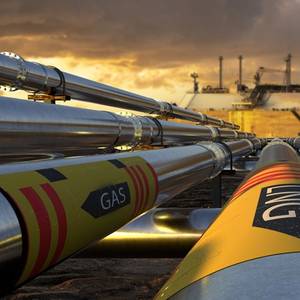
This week at MarineLink…An Australian Prime Minister once famously (infamously) said: “Life wasn’t meant to be easy.”He could have been talking about the maze of IMO and EU regulations relating to new fuels, especially the concept of well-to-wake emissions.It’s not enough to have a clean-burning engine or even an onboard carbon capture system.
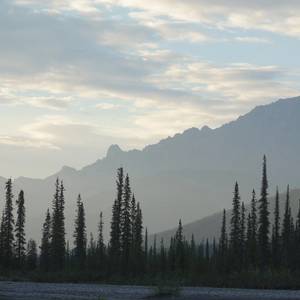
This week at MarineLink…A group of people met at the University of Alaska Fairbanks at the end of October to brainstorm a possible new economy for Alaska and a clean energy source for the world: geologic hydrogen.It’s not that new a concept. Villagers in Bourakébougou, Mali, found a source of geologic hydrogen while unplugging an old water well in 2011.
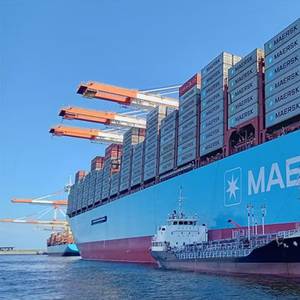
This week at MarineLink…The IMO 2020 Sulfur Cap essentially ushered in a new type of fuel - VLSFO. With it came the engine problems caused by off-spec or incompatible fuels as producers grappled with the requirement for providing a sulfur content not exceeding 0.05%. As pointed out in Lloyd’s Register’s 2024 Fuel Quality Report, persistent issues involving cat fines, stability
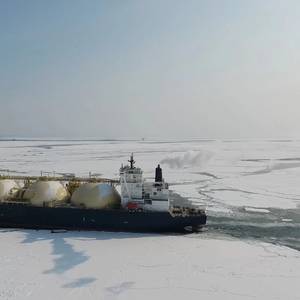
Ships carrying Russian liquefied natural gas (LNG) to Asia are returning to the longer routes around Africa's Cape of Good Hope rather than those along the Arctic shore as the winter season begins, LSEG data showed on Thursday.Russia's new Arctic LNG 2 project also lacks enough ice-class gas carriers to continue navigation along the Northern Sea Route, although some such tankers still sail it.
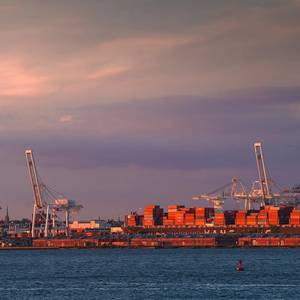
U.S. dock workers and port operators have reached a tentative deal that will immediately end a three-day strike that has shut down shipping on the U.S. East Coast and Gulf Coast, the International Longshoremen's Association (ILA) union and the United States Maritime Alliance (USMX) said on Thursday.